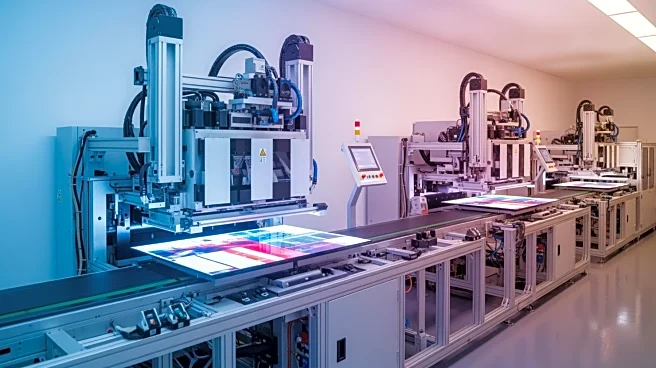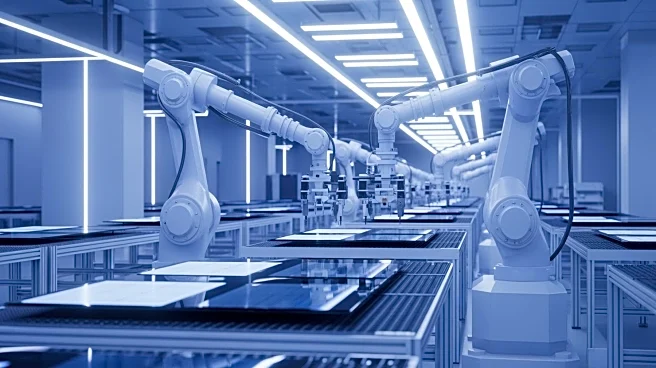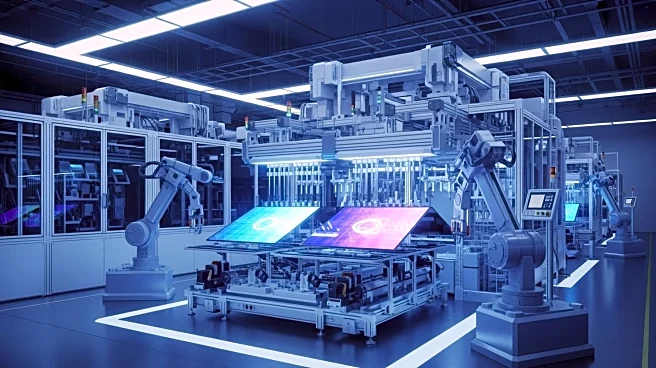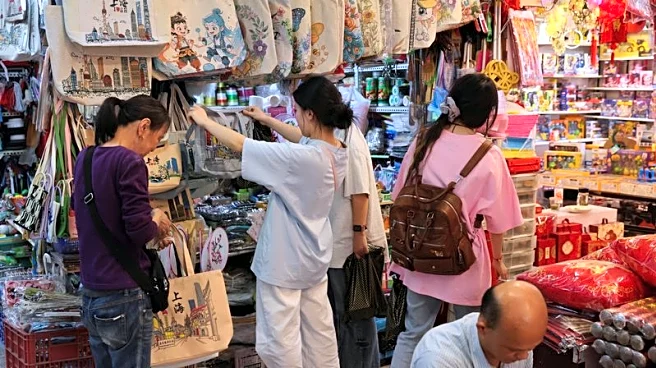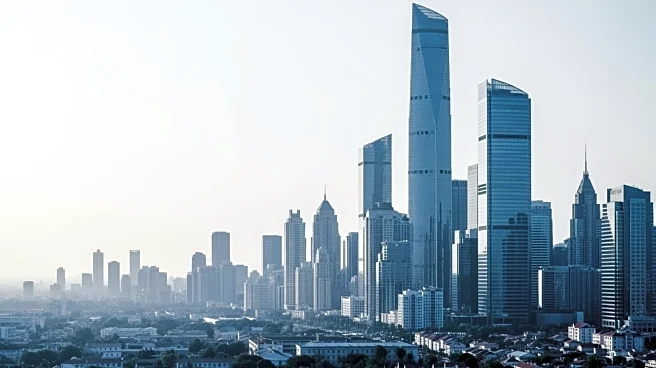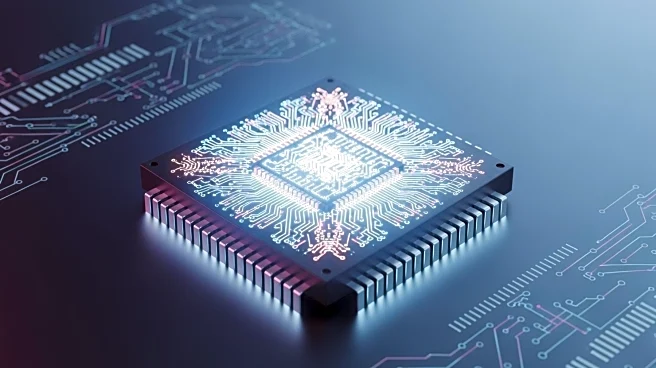What's Happening?
TCL CSOT has initiated the construction of a groundbreaking T8 8.6-generation OLED production facility in Guangzhou, China, with an investment of approximately $4.15 billion. This facility is set to become
the world's first large-scale 8.6G inkjet-printed OLED line. Unlike traditional vacuum deposition methods, this plant will utilize inkjet printing to produce RGB OLED panels, which is expected to reduce material waste and lower manufacturing costs by about 20%. The facility aims to produce 22,500 8.6G substrates per month, targeting the high-end tablet, laptop, and monitor markets initially. TCL plans to complete equipment installation by 2026, with mass production slated for 2027.
Why It's Important?
The development of this facility could significantly impact the OLED market by increasing the supply of mid-size OLED panels, potentially accelerating their adoption in laptops and monitors. This could lead to increased competition and price pressure on existing panel technologies like RGB-LED backlights and QD-OLED. If TCL's projections for cost and yield improvements are realized, it could challenge the dominance of established players like LG Display and Samsung Display, who currently lead in large-format OLED production. The success of this project could also influence the broader display industry by integrating the OLED value chain and creating a more competitive production environment.
What's Next?
The industry will closely monitor the installation of equipment through 2026 and the initial mass production of printed panels in 2027. TCL's ability to overcome technical challenges such as material formulation, nozzle precision, and defect control will be crucial for the project's success. If successful, this could lead to more affordable OLED panels and increased competition in the display market, benefiting consumers with better pricing and more options in premium laptops and monitors.
Beyond the Headlines
The shift to inkjet printing for OLED production represents a significant technological advancement that could redefine manufacturing processes in the display industry. This method's potential to reduce costs and waste aligns with broader industry trends towards sustainability and efficiency. However, TCL must demonstrate the long-term reliability and color stability of its panels to gain the confidence of OEMs and consumers. The project's success could also encourage other manufacturers to explore similar innovations, further transforming the display technology landscape.
